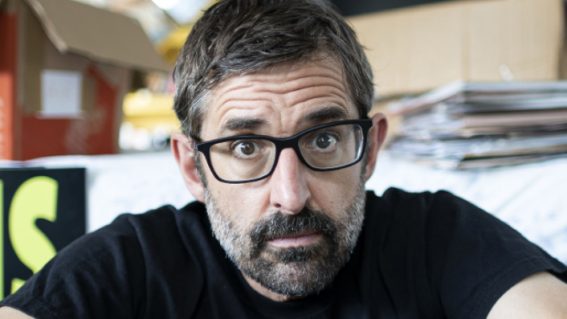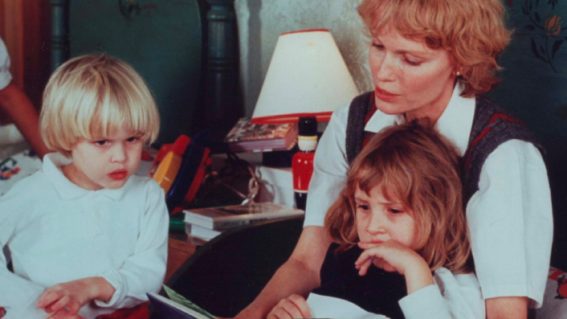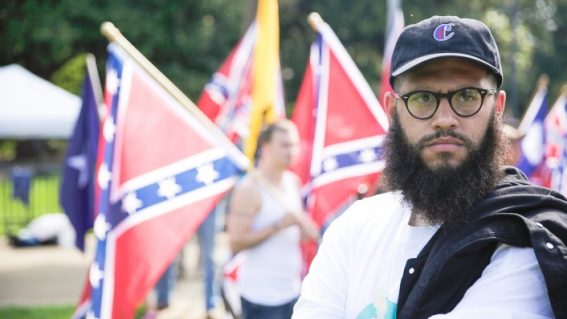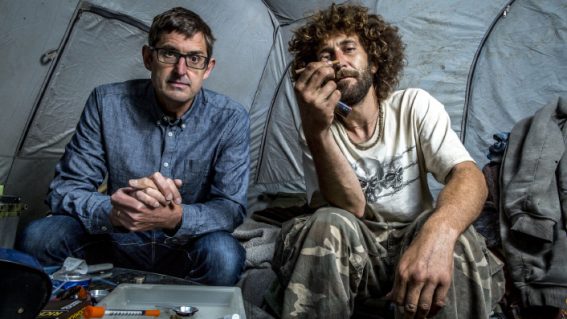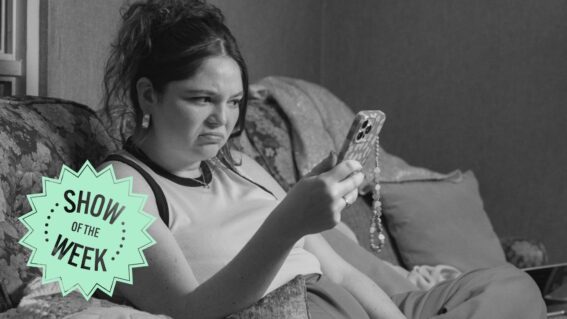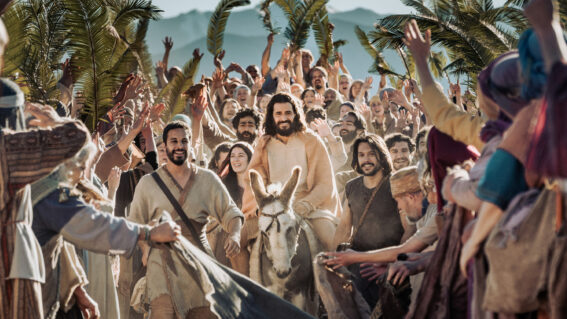Vice’s Dark Side of the 90s is a nostalgia trip
Ready to feel old? The 90s are to now what the 60s were to the 90s.
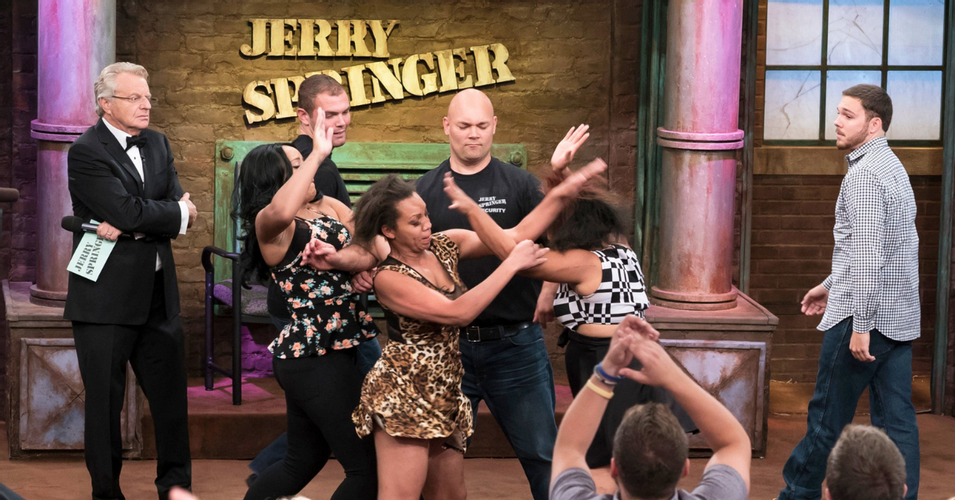
Dominic Corry hops into the generational time machine that is Dark Side of the 90s – watch it on Neon from November 4th.
Are you ready to feel old? Get this: the 90s are to now what the 60s were to the 90s. Don’t blame me, time is irrefutable.
But just like we mythologised the 60s in the 90s, the 90s are starting to take on a warm nostalgic glow.
And despite its title, it’s a glow heartily embraced and exploited by the new Vice documentary series Dark Side of the 90s, which covers plenty of dark stuff, but for viewers of—I can’t believe I’m saying this—a certain age, this feels like catching up with your old party pal who maybe still doesn’t have their shit together. Lots of laughs, a tad grim, but you walk away feeling better about yourself.
There are ten episodes, each covering a different topic—it runs the gamut from beanie babies to supermodels—and just like Vice’s addictive wrestling series Dark Side of the Ring, the production approach here elevates this beyond your average TV talking head nostalgia-fest.
It’s amazing how much authenticity can be readily accessed simply by including the occasional interview outtake or a camera shake or two. It’s a technique so perfectly 90s in itself. Speaking of, the series is narrated by pop star-turned-TV presenter Mark McGrath (of Sugar Ray fame), who affects a perfectly laid back intonation that informs while seemingly coming from a place of pure “whatever”.
They land plenty of big names, who are supported by input from experts, commentators and people who were there.
This gentle slickening of a familiar style ensures Dark Side of the 90s remains a highly entertaining watch throughout. Here are the five topics that pack the most punch.
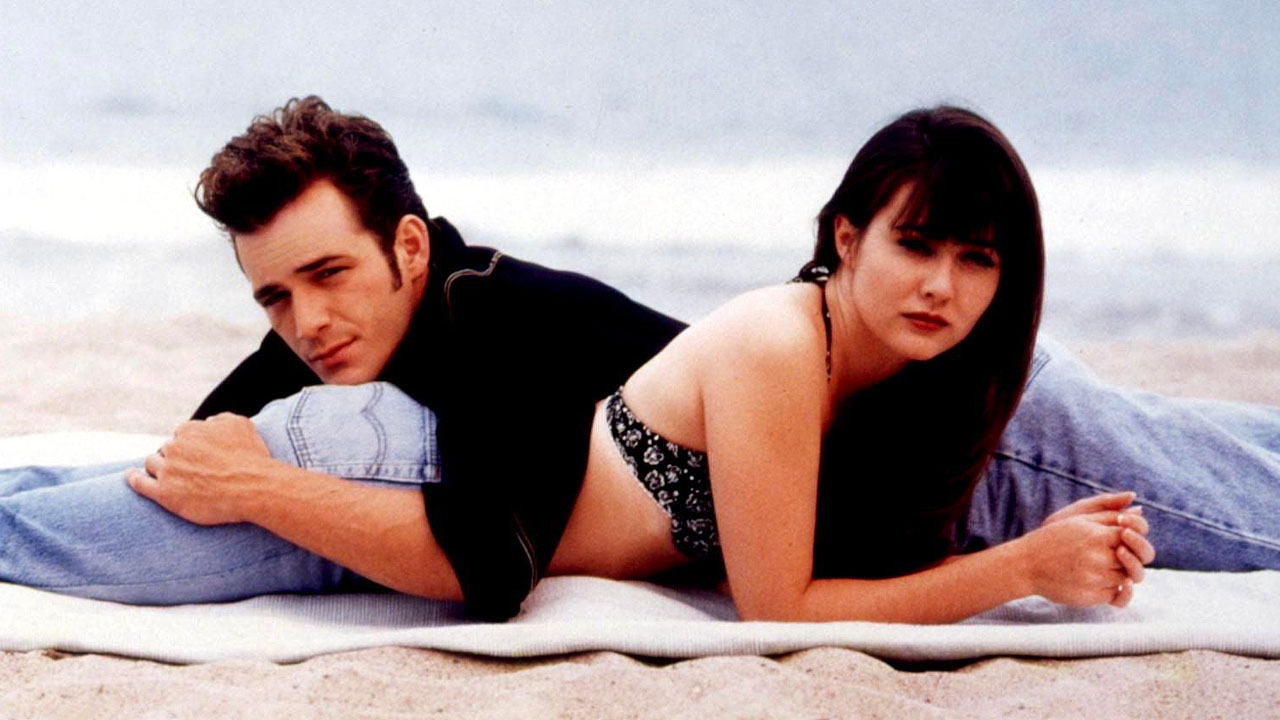
TV for Teens
Remember when Dylan took Brenda to Mexico and how much of a big deal it was?
This episode not only details the phenomenon target that was Beverly Hills, 90210 (which dared to suggest teenagers were actually…gasp…having sex), but includes in its narrative the story of the fledging Fox network, which gained traction in the early 90s by aggressively targeting a previously-ignored youthful audience.
90210 star Jason Priestly is interviewed extensively, and talks about being the most famous teenager in America while he was 26. We also hear plenty from Party of Five star Scott Wolf, who was briefly touted as the next Tom Cruise.
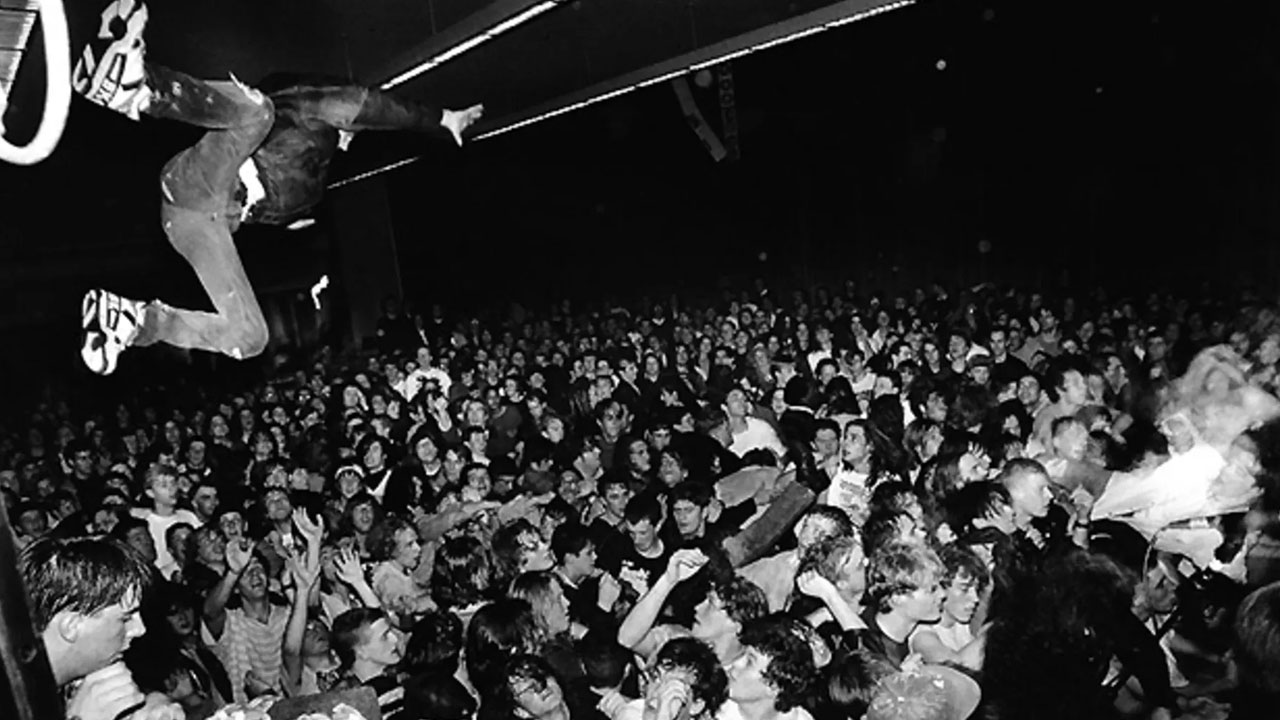
Grunge and the Seattle Sound
Remember when hair metal went away and sludgy guitars took over?
The rise of grunge music is told principally via the story of iconic Seattle-based indie label Sub Pop, who put out early music by the likes of Nirvana and Soundgarden.
Label co-founder Bruce Pavitt charts the challenges faced by the label as grunge went mainstream and they lost most of their biggest acts to major labels.

Trash TV: Dirty and Deadly Talk
Remember Jerry Springer and his final thoughts?
Springer represented an entire era of daytime talk show insanity that now seems like something from a fever dream. Dark Side of the 90s delves into the rise and rise of the Springer show—we hear from Springer’s former producer, who is admirably frank about the show’s philosophy. There’s also some salient hindsight from former Springer staffer Katie Rife, now an AV Club contributor, who has a bemused approach to her time on the show.
The episode also delves into the infamous murder that occurred after the taping of an episode of Springer competitor Jenny Jones, where the perpetrator was surprised about a gay crush.
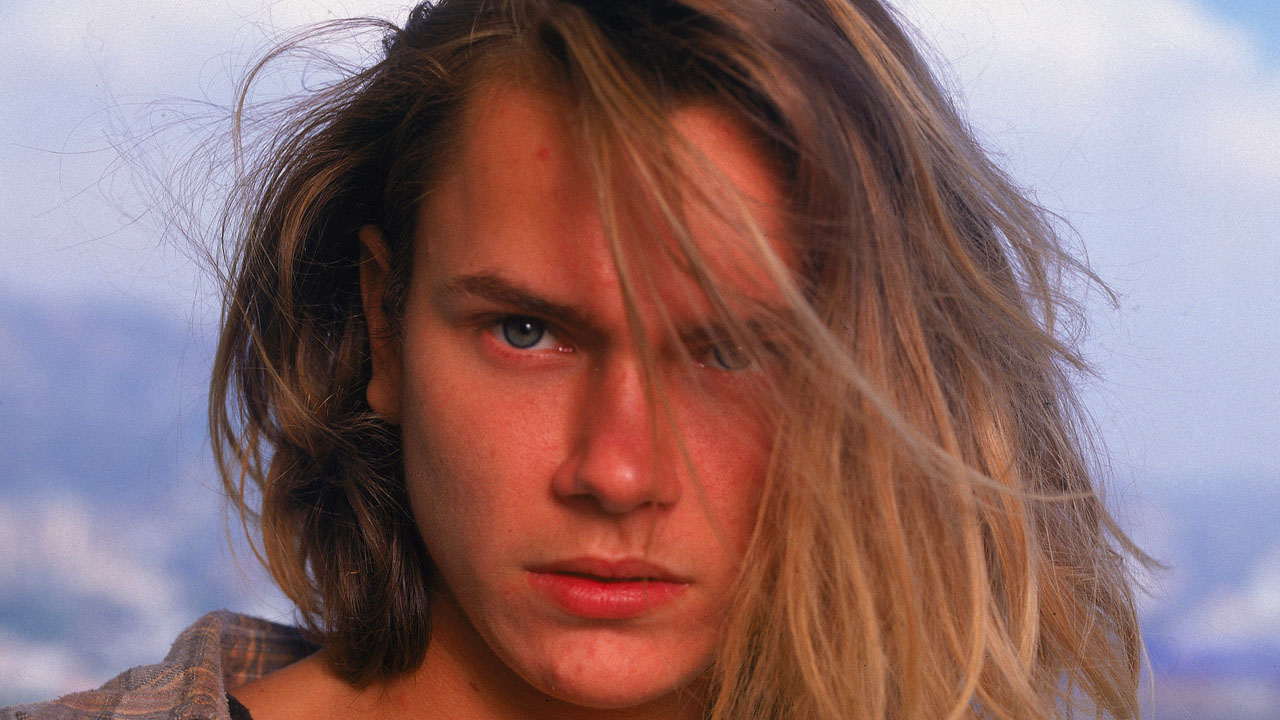
The Viper Room: Hollywood’s Sanctuary
Remember when River Phoenix died of a drug overdose on the streets of Hollywood?
Sunset Strip hotspot The Viper Room, where Phoenix had been partying, is principally associated with that tragic event, which gets a lot of coverage in this episode that also highlights what LA celebrity culture was like in the last days before social media changed everything.
Counting Crows frontman Adam Duritz talks about how the night club then owned by Johnny Depp provided a respite from the pressures of newfound stardom, and various other figures from the scene lament how things have changed.

Baywatch: Sex Sells
Remember when Baywatch was a thing?
Michael Berk, who created Baywatch with writing partner Douglas Schwartz and former lifeguard Gregory J. Bonnan, charts the rollercoaster fortunes of the swimsuit-centric series, which started life as a failed NBC show then became internationally popular as a syndicated series untied to any particular network.
The story of Baywatch is of course also the story of Pamela Anderson, and the episode folds in the complications that arose from her marriage to a perennially jealous Tommy Lee, and how their infamous sex tape created controversy that threatened the series, then ultimately saw a big ratings boost from the coverage.
Like much of Dark Side of the 90s, the story of Baywatch feels like the origin story for large aspects of modern culture. In this case, it’s the extreme sexualisation of mainstream media, and the role sex tapes play in elevating celebrities.
Other topics covered in Dark Side of the 90s include the first dotcom boom, the East Coast vs West Coast hip hop rivalries, and how doomsday cults like Heaven’s Gate and the Branch Davidians (of the infamous standoff in Waco, Texas) captured the world’s attention.
The whole affair is addictive, compulsive viewing. And not just for people who remember.









